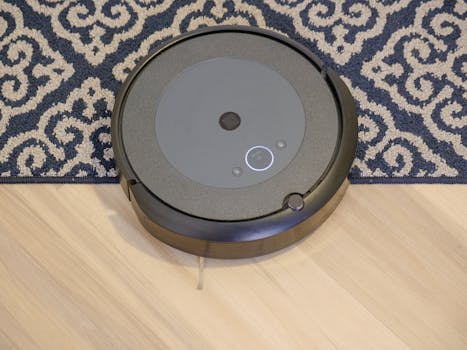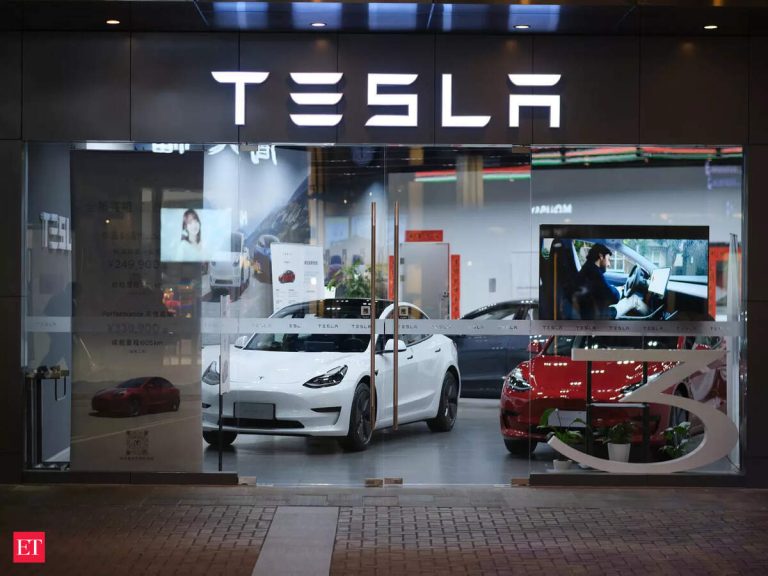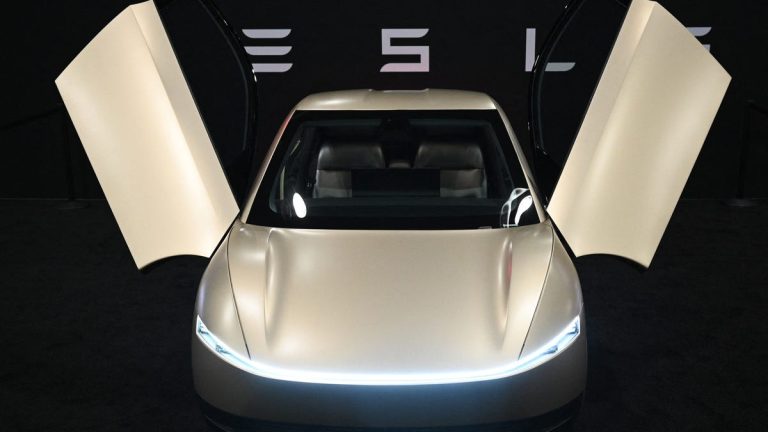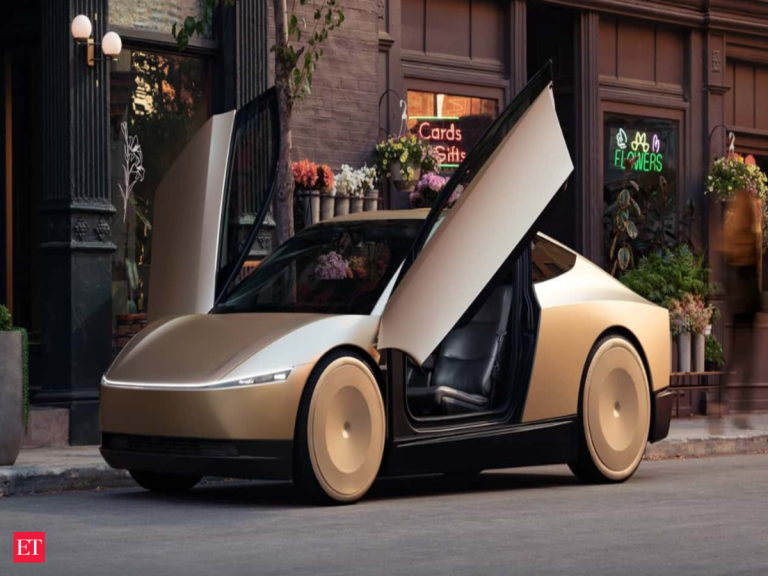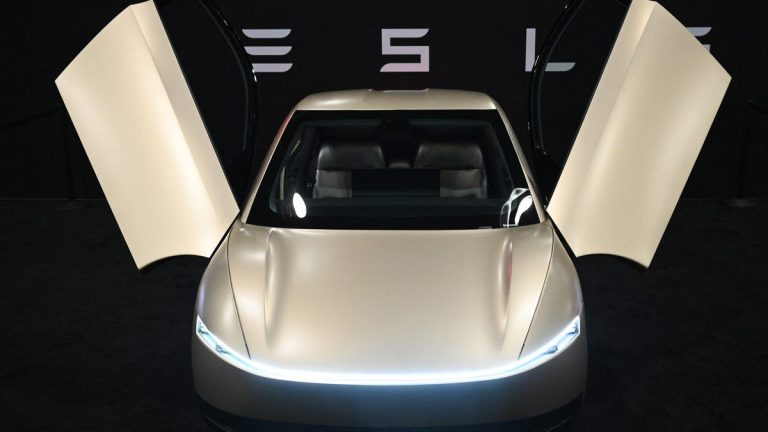Smart Homes and Smart Living: The Technological Transformation of European Homes by 2025
Smart Homes and Smart Living are revolutionizing the way we live in our homes. With the latest technological advancements, European homes are becoming more efficient, sustainable, and comfortable. In this article, we will explore the current state of smart homes in Europe and what we can expect by 2025.
Introduction to Smart Homes
A smart home is a residence that uses advanced technology to automate and control various aspects of the home, such as lighting, temperature, security, and entertainment. The use of smart home technology has been increasing in recent years, and it is expected to continue growing in the coming years.
Current State of Smart Homes in Europe
According to a recent report, the smart home market in Europe is expected to reach €23.4 billion by 2025, growing at a compound annual growth rate (CAGR) of 14.5%. The report also states that the adoption of smart home technology is highest in countries such as the UK, Germany, and France.
Technological Advancements in Smart Homes
There are several technological advancements that are driving the growth of smart homes in Europe. Some of these include:
- Artificial Intelligence (AI): AI is being used in smart homes to learn the habits and preferences of the occupants and adjust the lighting, temperature, and other settings accordingly.
- Internet of Things (IoT): IoT is a network of physical devices, vehicles, and other items that are embedded with sensors, software, and connectivity, allowing them to collect and exchange data.
- 5G Network: The rollout of 5G networks is expected to have a significant impact on the smart home market, enabling faster and more reliable connectivity.
Benefits of Smart Homes
Smart homes offer several benefits to occupants, including:
- Energy Efficiency: Smart homes can help reduce energy consumption by automatically turning off lights, appliances, and other devices when not in use.
- Increased Comfort: Smart homes can adjust the temperature, lighting, and other settings to create a comfortable and relaxing environment.
- Improved Security: Smart homes can be equipped with advanced security systems, such as motion detectors and surveillance cameras, to provide an additional layer of security.
Challenges and Limitations
While smart homes offer several benefits, there are also some challenges and limitations to consider:
- Cost: Smart home technology can be expensive, making it inaccessible to some people.
- Complexity: Smart home systems can be complex and difficult to install and maintain.
- Security Risks: Smart homes are vulnerable to cyber attacks and data breaches, which can compromise the security and privacy of occupants.
Conclusion
In conclusion, smart homes and smart living are transforming the way we live in our homes. With the latest technological advancements, European homes are becoming more efficient, sustainable, and comfortable. While there are some challenges and limitations to consider, the benefits of smart homes make them an attractive option for many people. As we look to the future, it is likely that smart homes will continue to play a major role in shaping the way we live and interact with our surroundings.

